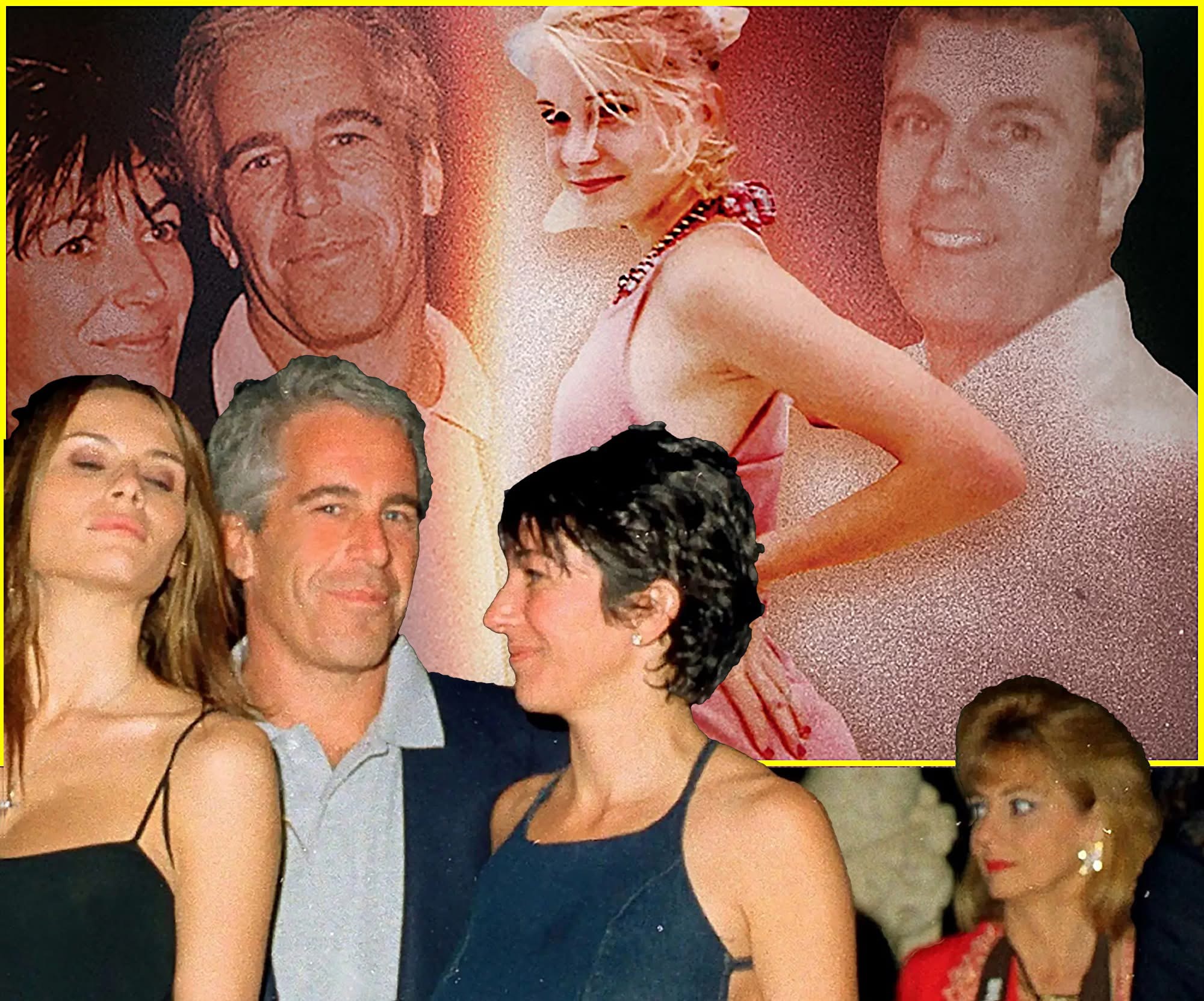🤯 THE DAY HOLLYWOOD’S FUNNIEST WOMAN STOOD UP, WALKED OUT, AND BECAME A FEMINIST LEGEND ON LIVE TV
The Unscripted 1973 Walkout That Shook the Status Quo, and the Decades-Long Secret She Hid to Survive Hollywood
By Alex T. Nguyen
LOS ANGELES, 1973—The air in the television studio was thick with smoke, glamour, and the easy laughter of celebrity chat. The Dick Cavett Show was the height of intellectual cool, and on this particular night, the guest list was electric. Sitting side-by-side were two titans of their respective worlds: Chad Everett, the handsome, rugged TV doctor from Medical Center, and Lily Tomlin, the groundbreaking, fast-talking comedic genius who had shot to fame on Laugh-In.
Tomlin, then 34, was riding a wave of unprecedented success. Her characters—the snarky telephone operator Ernestine and the philosophical five-year-old Edith Ann—were household names. She was sharp, eccentric, and utterly original.
But on this night, she wasn’t playing a character. She was just Lily Tomlin, sitting quietly, listening as Cavett steered the conversation toward the actor next to her.
Everett, known for his charming on-screen swagger, was asked about his life away from the cameras. He flashed the famous smile.
“I have a beautiful wife, three dogs, and three horses,” he announced to the audience. It was a picture of American success, comfortable and conventional.
Then came the eight words that instantly shattered the studio’s composure, and, arguably, television history:
“My wife is the most beautiful animal I own.”
The audience nervously chuckled. Host Dick Cavett visibly winced, his face registering instant awkwardness. The line was a careless relic of casual misogyny, delivered without malice, but dripping with the assumption of male ownership. It was a joke, perhaps, but a jarring one.
But it was Tomlin’s reaction that turned a cringe-worthy moment into a seismic cultural event.
She had been motionless. Now, she simply cut across the strained silence.
“Excuse me,” she said, her voice clear and measured, devoid of anger or drama. “I have to leave.”
And she did.
Mid-show. Live television. Lily Tomlin, the biggest comedic star in America, simply stood up, walked deliberately to the edge of the set, and vanished.
No shouting. No lecture. Just a quiet, decisive exit that spoke volumes.
It was a mic-drop heard around the world.
The Immediate Fallout: A Feminist Lightning Rod
Tomlin’s walkout was not planned. She later described it as a pure, guttural instinct. “I felt angels walked me off that set,” she recalled. “I couldn’t sit there and smile while he called his wife an animal he owned.”
The next day, headlines screamed. Newspapers across the country covered the incident. Women’s groups hailed Tomlin as a hero. In a world where women were expected to endure sexist remarks with a polite smile, Tomlin’s silent protest was a roar. She became more than a comedian; she became an instant symbol of women refusing to be complicit in their own devaluation.
But for those who knew the Detroit native, this rebellion wasn’t a one-off performance; it was the story of her entire life.
The Working-Class Rebel Who Used Comedy as a Weapon
Mary Jean “Lily” Tomlin was born in 1939 to working-class parents. She was the family’s resident oddball—smart, funny, and hyper-observant. She channeled her working-class grit and keen eye for hypocrisy into comedy.
Her breakthrough on Rowan & Martin’s Laugh-In wasn’t just about laughs; it was subversive social commentary. Ernestine, the telephone operator, was a snarky corporate critic. Edith Ann, the five-year-old, exposed adult absurdity with the brutal honesty of a child, complete with a signature “raspberry” sound effect.
Tomlin was using comedy not just to entertain, but to challenge the establishment. She was an anti-establishment voice disguised as a lovable clown. Yet, as her fame skyrocketed throughout the 70s, she was fighting a far more personal battle that could have ended her career overnight.
The 42-Year Secret That Could Have Destroyed Her
While Lily Tomlin was becoming a face of feminist resistance, she was leading a fiercely private life with a secret that Hollywood in the 1970s and 80s would have instantly weaponized against her: She was gay.
In 1971, Tomlin met Jane Wagner, a writer, director, and creative force. Their professional collaboration quickly blossomed into a decades-long romantic partnership. Jane wrote Lily’s most celebrated material, including the Tony Award-winning one-woman show, The Search for Signs of Intelligent Life in the Universe.
They were partners—in life and art—but they lived in the shadows. Publicly confirming a same-sex relationship then was career suicide, particularly for a female star whose livelihood depended on a mass audience.
For over four decades, their love was an open secret among friends and colleagues, but carefully guarded from the public eye. Tomlin was a warrior for social justice on screen and stage, but the most important relationship of her life was kept out of the spotlight for survival.
The $100 Million Blockbuster that Defined a Generation
The year 1980 brought Tomlin the perfect vehicle for her social convictions: 9 to 5. Starring alongside Jane Fonda and Dolly Parton, the film was a smash hit—a comedic rallying cry for working women tired of sexism, unequal pay, and being treated like glorified secretaries. It made over $100 million and cemented Tomlin’s status as a cultural icon who stood for something beyond box office numbers.
Throughout the decades, she continued to receive accolades—six Emmys, two Tonys, and a Grammy (just one Oscar shy of the coveted EGOT status). But her true legacy was the women she championed: the working-class, the odd, the angry, and the ignored.
The Final, Breathtaking Act of Rebellion at 74
After 42 years of partnership, the cultural landscape finally began to shift. In 2013, same-sex marriage became legal in California.
On New Year’s Eve, at the age of 74, Lily Tomlin and Jane Wagner quietly got married.
It wasn’t a celebrity spectacle. It was a private affirmation of a lifelong commitment. The next year, Tomlin finally spoke the truth publicly, confirming what many had suspected for decades.
“I wasn’t closeted,” she said. “I just didn’t talk about it. But now? I’m proud. And I want young LGBTQ+ people to know: you can be successful. You can be happy. You can be loved.”
Her “coming out” at 74 was arguably as powerful as her walkout at 34—a final, definitive refusal to hide.
This public declaration set the stage for her late-career resurgence. At 76, she co-starred in the Netflix hit Grace and Frankie, playing a woman whose world is upended when her husband leaves her for a man. The show, which became the longest-running Netflix original series at the time, brought her message of resilience, female friendship, and self-discovery to a new generation.
Today, Lily Tomlin is 86 years old. She’s still working, still fighting, still using her platform for LGBTQ+ rights and social justice. She may not have that elusive Oscar (though she received an Honorary Academy Award in 2017), but she earned something far more enduring: respect, longevity, and a legacy built on the fierce, uncompromising commitment to be nothing but herself.
From walking off a TV set in 1973 to starring in a hit show at 84, Lily Tomlin’s career has been one long, loud statement:
“I won’t sit quietly. I won’t smile politely. I won’t pretend to be less than I am.”
Fifty years ago, an actor made a casually sexist comment. Lily Tomlin stood up and walked out. She’s been standing up ever since, with Jane Wagner right by her side. And the debate over those eight simple words continues to echo, a permanent monument to a moment when a star chose integrity over her career.




